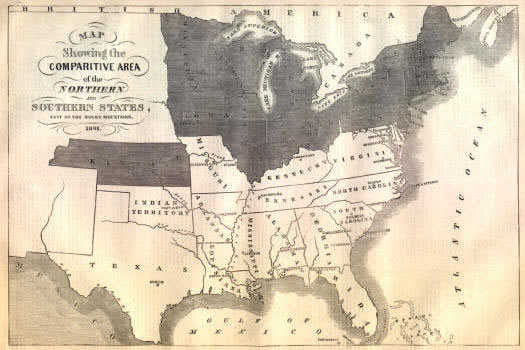This page describes the Missouri Compromise.

The Missouri Compromise |
Missouri Applies for Statehood
In 1819, as Missouri began drafting a state constitution in preparation for statehood, New York congressman James Tallmadge introduced two antislavery amendments to the bill which allowed for the creation of Missouri as a state. Despite the fact that Tallmadge's bills were not passed, the issue involving slavery threatened to explode.
The Balance in Congress is Threatened
The issue of slavery had remained controversial in America since 1787. In 1819, half of America's twenty two states were free states (northern), and half were slave states (southern). Because the free states had larger populations, they controlled the House of Representatives. Free and slave states shared equal representation in the Senate. The admission of Missouri as a free state or slave state would upset the balance. Antislavery members of Congress argued that slavery should be prohibited in new states, while Pro-slavery members of Congress argued that the state should have the right to determine if slavery was legal or illegal within its borders.
Clay's Compromise
A compromise was made when Maine applied for statehood in 1820. According to the deal thought of by Henry Clay, if the southern states agreed to the admission of Maine as a free state, Missouri would be admitted as a slave state. In addition, all lands acquired in the Louisiana Purchase north of 36° 30' N latitude would be free. Both the free and the slave states agreed to Clay's compromise. Nevertheless, the influence of the Missouri Compromise would last nearly thirty years before it would be repealed.
|
|
|
|
Advertisement

Remove ad